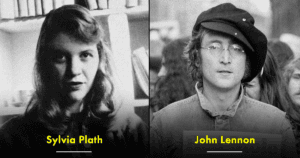Teeth falling out, finding yourself at work naked or being chased by a giant spider. These are only some of the common recurring dreams people have. And God knows we’ve read plenty about what they mean. But ever wondered about the very origin of these dreams you have? What are they? Do our dreams have a purpose? What mechanism in our infinitely fascinating brain generates these extraordinary virtual experiences?
There are multiple theories that explain why dreams exist and how it’s essential to our mental, emotional and physical well-being. Read on to find out.
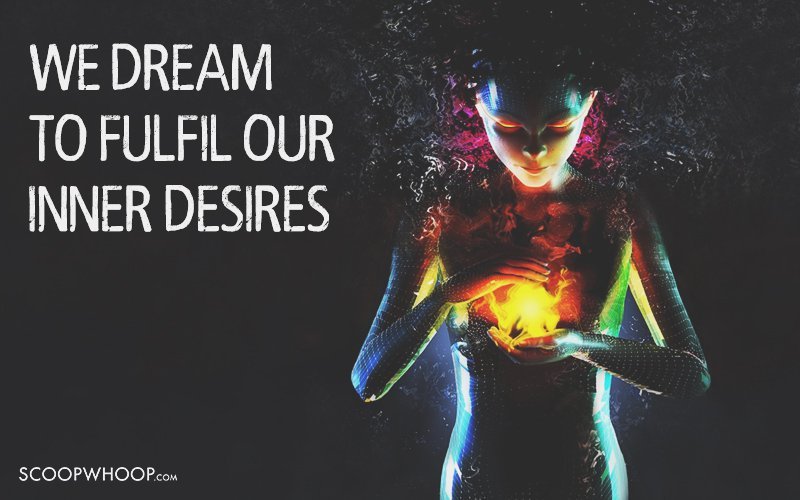
Freud’s psychoanalytic view of personality says that people are driven by aggressive and sexual instincts that are repressed from conscious awareness. He suggested that dreams, while being made up of images from our daily conscious lives, were a representation of our unconscious desires, thoughts and motivations. While these thoughts are not consciously expressed, Freud suggested that they find their way into our awareness via dreams.

First proposed by J. Allan Hobson and Robert McCarley, this theory claims that dreams are a result of internally generated signals that are activated during REM sleep. Activity in areas of the limbic system, which is involved in creating emotions, sensation and memories leads to the brain arranging and interpreting this internal activity as it attempts to find meaning in these signals, which results in dreaming.

Some dream experts suggest that dreaming is simply a by-product or even an active part of the information-processing that takes place while we sleep – processing of the information that we have collected and consolidated during our waking hours. As we deal with the sheer volume of information and memories from the daytime, our sleeping minds create images, impressions, and narratives to manage all of the activity going on inside our heads as we slumber.
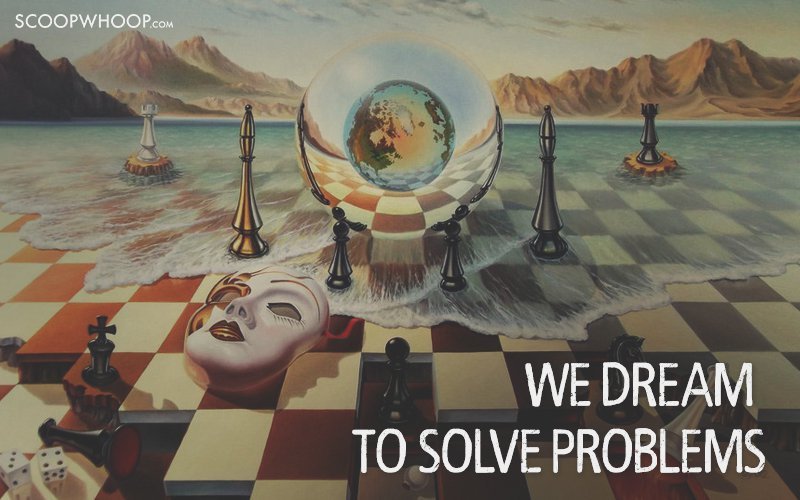
Complementary to the information-processing theory, this explanation of dreams states that unconstrained by reality and the rules of conventional logic, in your dreams the mind can create limitless scenarios to help one grasp problems and formulate solutions that one may not consider while awake. John Steinbeck called it the Committee of Sleep which explains why sometimes the best thing to do when in a dilemma, is to ‘sleep on it.’
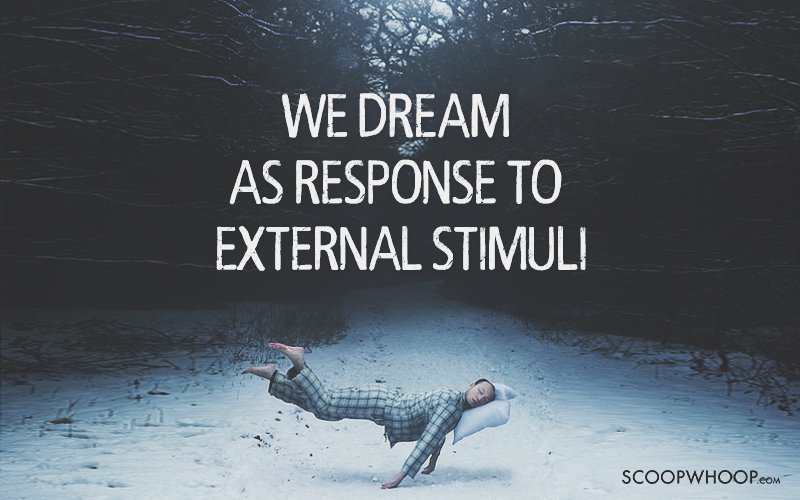
One theory suggests that dreams result from the brain recording and interpreting the stimuli our environment provides us with as we sleep. For instance, the sound of a dog barking or a knot in your back causing discomfort may incorporate themselves into the content of the dream.

Some theorists have speculated the parallels between the human brain and a computer to explain dreams. According to them, dreams serve to ‘clean-up’ a cluttered mind not dissimilar to clean-up operations in a computer’s operating system – organizing and refreshing the mind to prepare for the next day’s load of data.
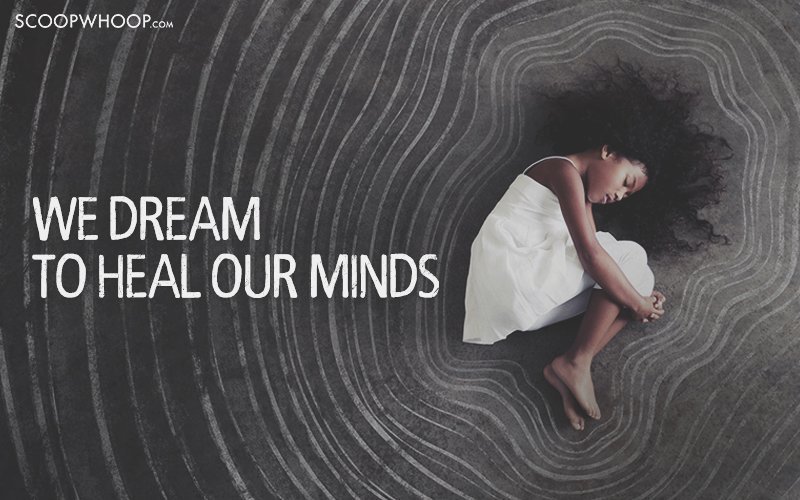
This idea proposes that dreams function as a form of psychotherapy, enabling the dreamer to make connections between different thoughts and emotions in a protected environment where stress neurotransmitters are far less active. Much like in a therapy session, the dream setting provides us with factors favourable to psychological reviewing, catharsis and subsequent healing.

It’s true that experiments have shown that sleep is instrumental in increasing performance on certain mental tasks, but turns out dreams are even more so. Researchers theorize that certain memory processes can happen only when we are asleep and our dreams are a signal that these processes are taking place.

There are about 10,000 trillion neural connections within the architecture of the human brain created by everything we experience. It is during our REM sleep cycles that our brain reviews the numerous neural connections and dumps the unnecessary ones. Without this process, the brain could very quickly be overrun by useless information learned during the course of the day.

Simply put, this theory suggests that we dream to keep our brains working. Dreams are the result of our brain’s need to constantly consolidate and create long term memories in order to function properly. Therefore, when external input falls below a certain level, such as when we’re asleep, the brain automatically triggers access of data from its memory storage, which take the form of thoughts and feelings we experience in dreams.

Dreams involving dangerous or threatening situations are rather common. And this theory holds that the content of the dream is significant to its purpose. Being chased by a bear or fighting off a ninja, for instance, are your brain allowing you to practice your fight or flight instincts and keep them sharp and dependable in case you need them in real life, while dreams about an attractive neighbour enable your primitive reproductive instincts.




